The Busatti weaving mill in Anghiari, between art and craftsmanship for nearly 200 years
“The secret behind successful succession,” is how, in 2020, the Financial Times titled its report on the historic Busatti weaving mill in Anghiari, a factory founded in 1842 in the Valtiberina village, still thriving after nearly two hundred years of history, and still run by the Busatti family after nine generations. An entrepreneurial history that transcends the ages, an excellence in the production of home textiles made from high-quality yarns starting with natural fibers such as linen, wool, hemp and cotton, still worked with artisanal methods but with an eye also to technological innovations to create distinctive fabrics that today are exported all over the world, so much so that demand is higher abroad than in Italy and Busatti, among its customers, can also boast big names in international showbiz .
To learn about the history of this company one must go inside a severe 16th-century palace in the historic center of Anghiari, Palazzo Morgalanti. Art and craftsmanship have always been intertwined in the products of Busatti Weaving, since not only have its fabrics, since 1842, come out of the machinery set up in what used to be the cellars of Palazzo Morgalanti (only recently has the company opened a new factory with computerized machines, but which still manage to guarantee artisanal production, to meet the demands of a market that today has very changing needs), but the very wefts of the products bear motifs inspired by sixteenth-century fashion. It is a niche production, as one would say: tablecloths, aprons, dishcloths, sheets, blankets, plaids, curtains, quilts, toiletry sets, for some time even bags and accessories, all made with quality yarns processed in Italy that give rise to strong products, made to last, and with costs that are not excessive in any case.
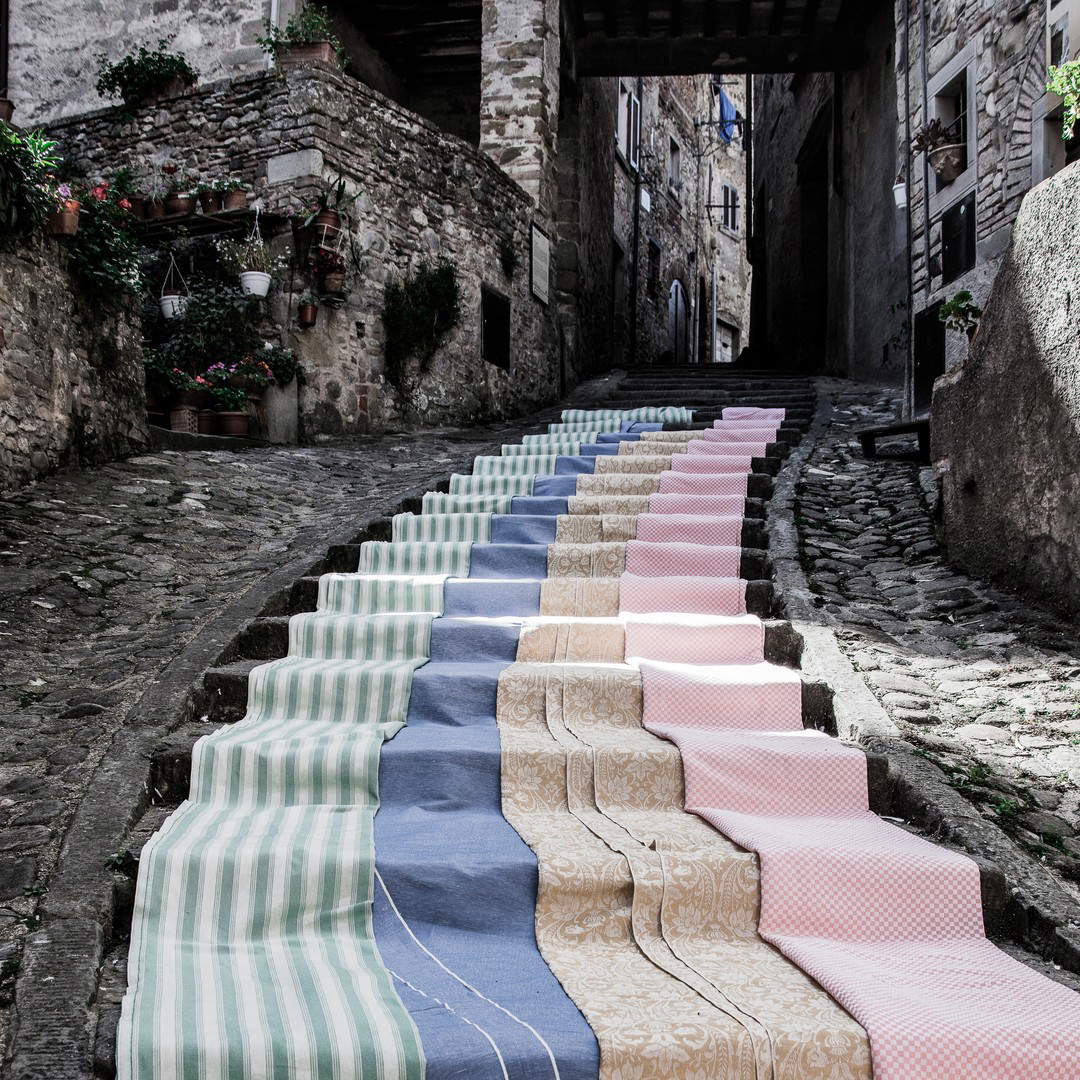
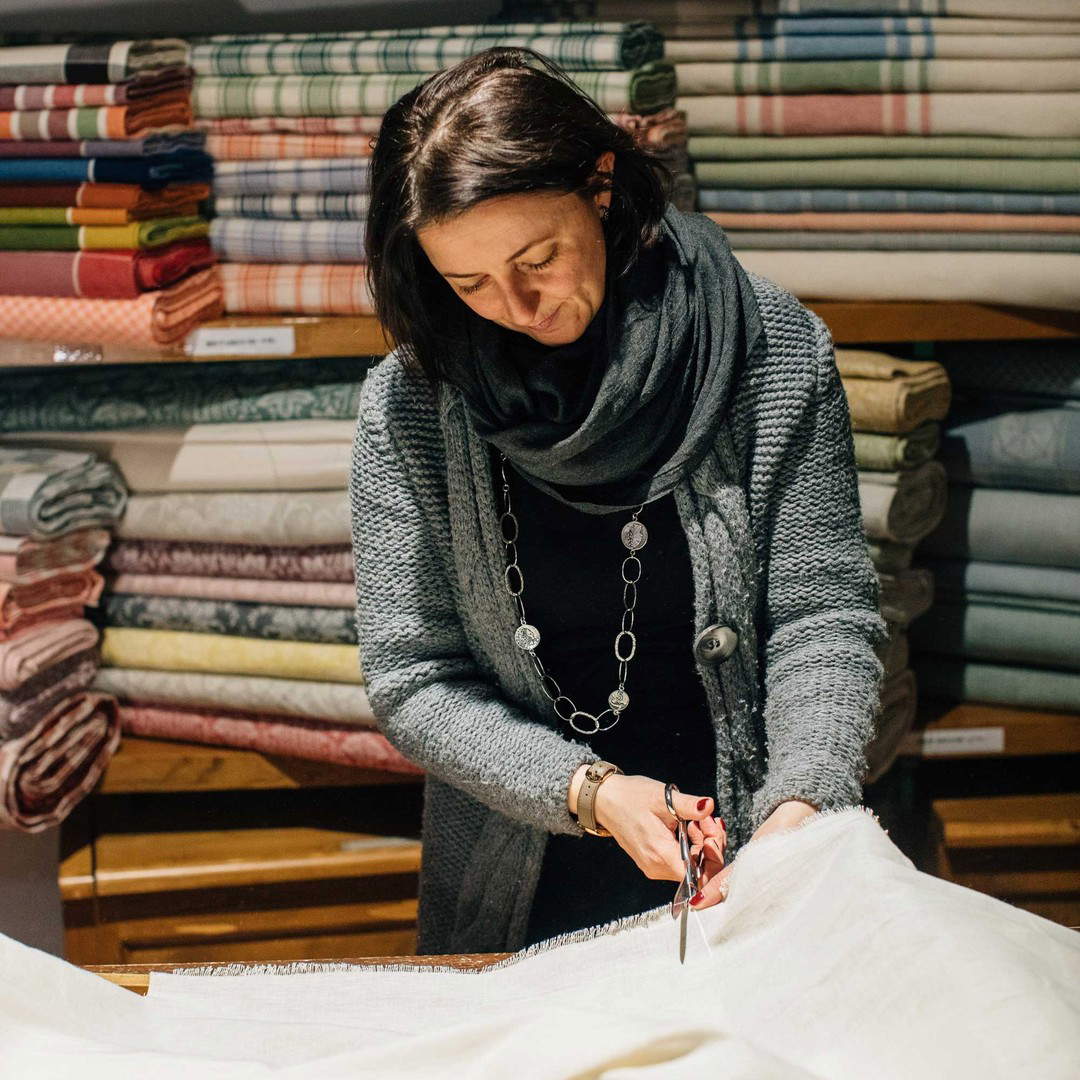
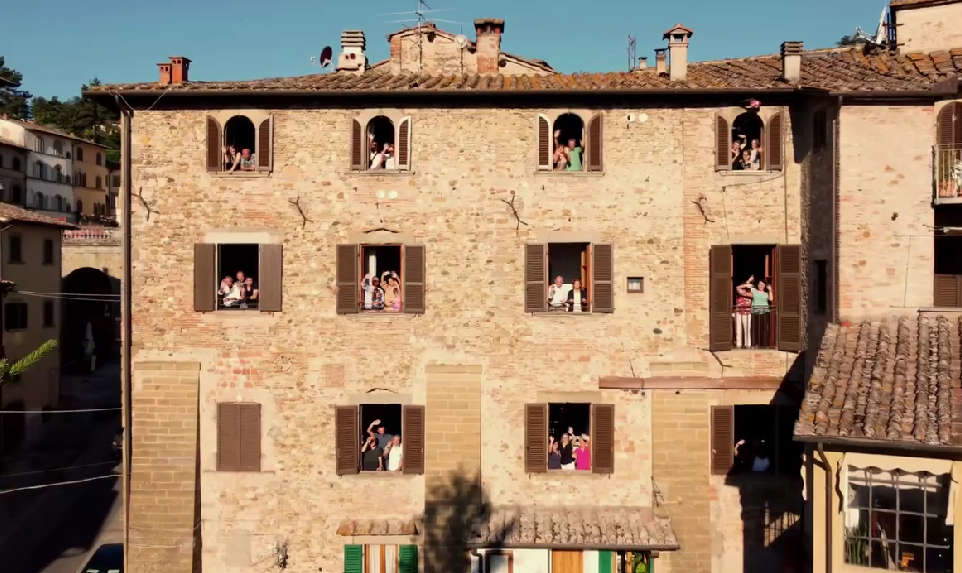
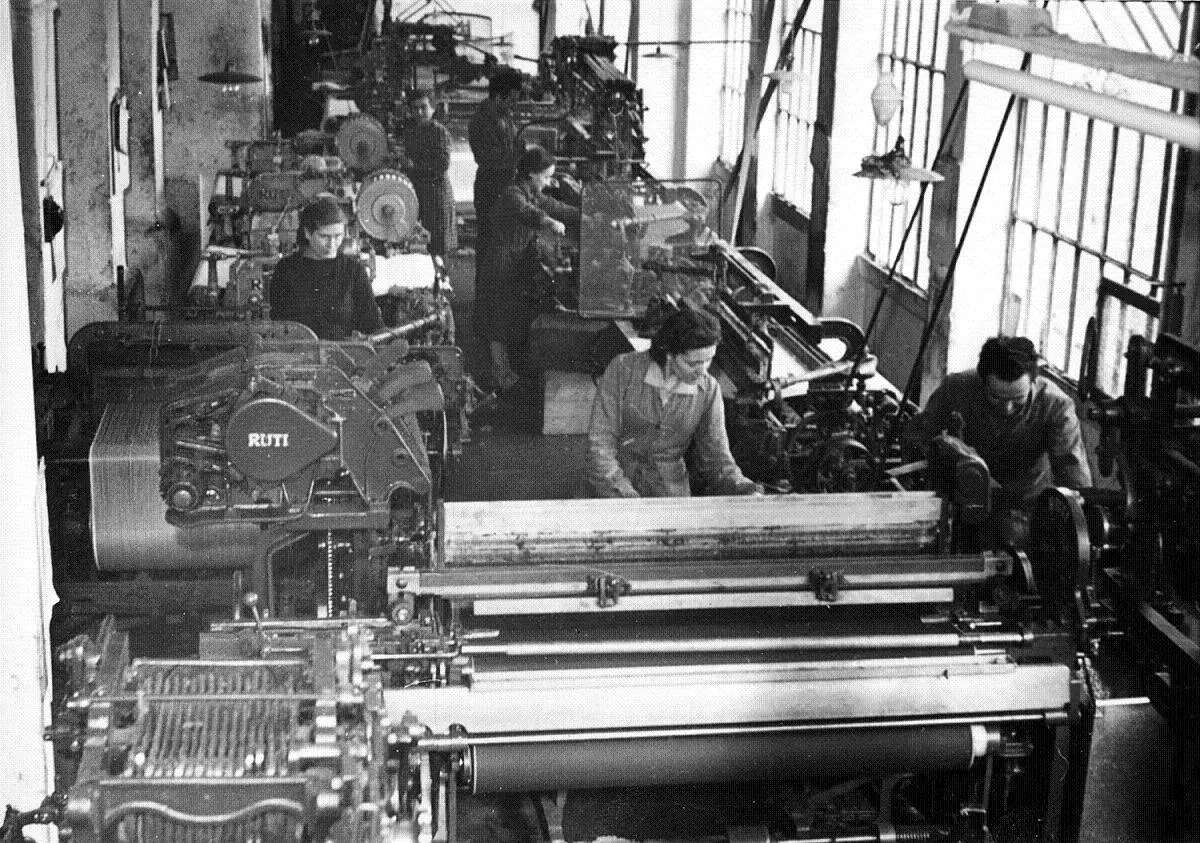
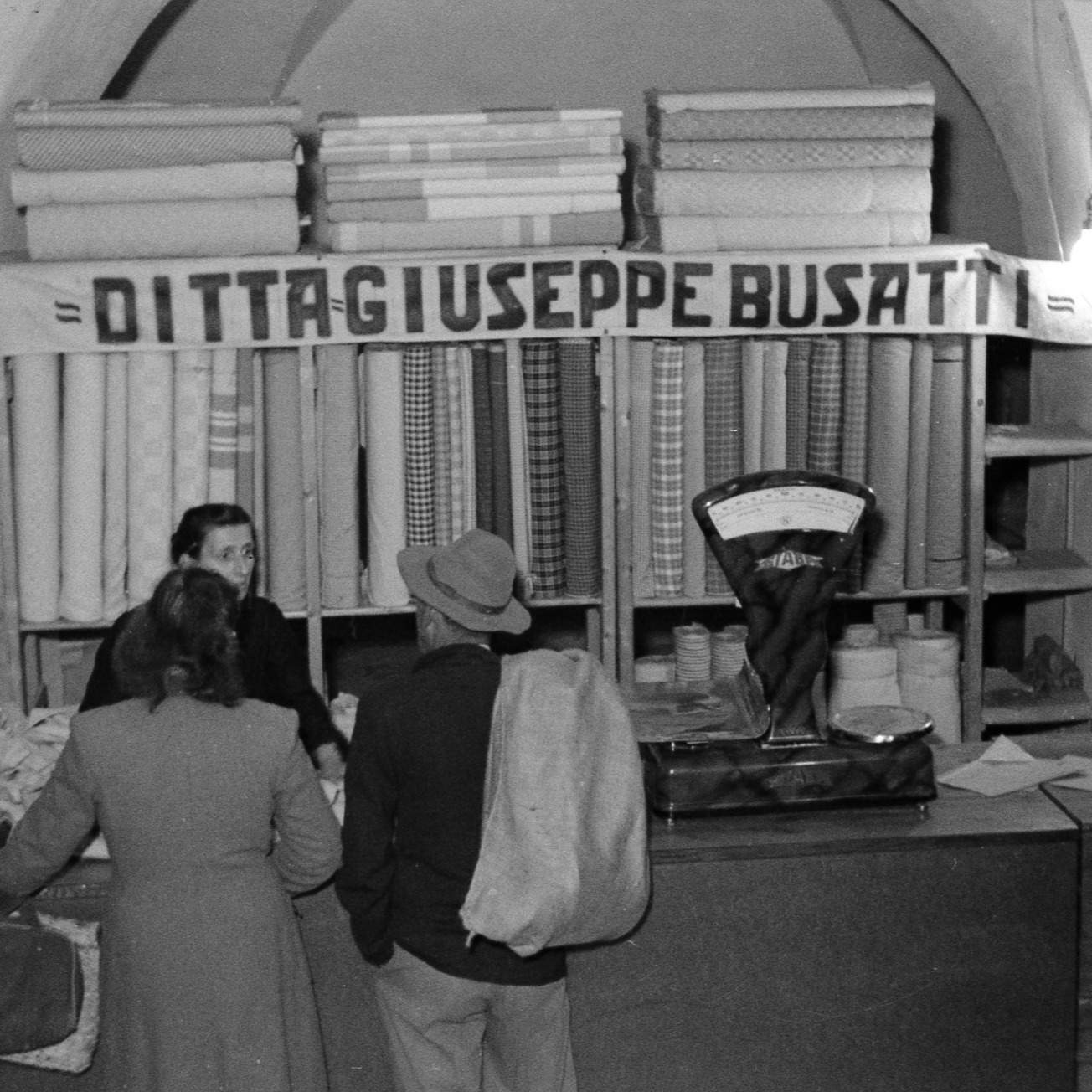
What distinguishes Busatti fabrics is the attention to detail, the quality of the materials used and the focus on tradition. The weaving mill is particularly well known for its high-quality linen and cotton fabrics that take motifs and themes from ancient textiles. One of the leading products for example is the Giglio, a linen fabric whose motifs include the symbol of the city of Florence and which has been in Busatti’s catalog since the nineteenth century: it was designed as a tribute to the Florentines who, on June 29, 1440, defeated the Milanese precisely at Anghiari. There is also no shortage of damask fabrics similar to those that were produced in sixteenth-century Florence, and then again fabrics with floral motifs, pomegranates that still recall sixteenth-century Tuscany, but there are also very particular products, for example the Octopus fabric inspired by the decorations of the mosaics of Pompeii now preserved at the National Archaeological Museum in Naples, the Gauguin which instead refers to the journey the French painter made from Marseille to Tahiti, theApuane inspired by the bardiglio marble of Carrara, or even the Donna di coppe, one of the company’s flagship fabrics, which Busatti has been producing for some time (although the date when production began is unknown), and whose motif is taken from an eighteenth-century painting from Lucca. Classic and refined designs that reflect Italian taste and style for products that are now sold at the headquarters, in the online store or through the many retailers throughout Italy.
Busatti weaving mill uses premium materials, particularly linen and cotton. These natural fabrics are known for their durability, breathability and comfort. In addition, an element that differentiates Busatti’s products from the vast majority of its competitors lies in the fact that its fabrics are yarn-dyed rather than piece-dyed , a feature that gives the finished product more vibrant colors, superior quality, and greater durability. The weaving mill is also committed to sustainable production, using, as mentioned, only natural materials and environmentally friendly processes. The company is then known for its precision in design and execution, ensuring that each piece meets the highest standards-a characteristic that, over the years, has also prompted many high-fashion houses to turn to the Anghiari weaving mill for their fabrics. After all, the quality of the Busatti Weaving mill in Anghiari is renowned for excellence and for representing a high standard in the textile industry.
Busatti weaving mill is known not only in Italy but also internationally, appreciated for its attention to craftsmanship and quality. The company has its store in the aforementioned Palazzo Morgalanti, where visitors can purchase their products and learn more about the history and production process of weaving. In fact, Busatti has made it possible to visit the rooms where the production machinery is located (at the moment, visits are by request: it is otherwise a working environment), and with a visit to Palazzo Morgalanti one can therefore immerse oneself in the history of the company and also see the machines at work. The company, as mentioned, was founded in 1842, but the family has occupied the building since even earlier times: it was an ancestor of the current owners, Giovanni Battista Busatti, who bought Palazzo Morgalanti in the late 18th century to open a store there in 1795, although just two years later the building was occupied by Napoleonic soldiers who had arrived in Italy. Yet, it can almost be said that the company’s fortunes were born from this episode, since at that time a first woolen mill was set up in the very basement of the palace to meet the needs of the French military: uniforms, clothes, blankets. From that time, weaving became the family business: with the end of the occupation, the French abandoned the machinery, and the Busattis decided to use it for work (some of those materials are still preserved in the palace today). Then, in 1842, Mario Busatti, son of Giovanni Battista, decided to give an entrepreneurial structure to what until then was only a family business: he added eight looms and a warper, hired ten weavers, and in fact opened the company that still thrives today.
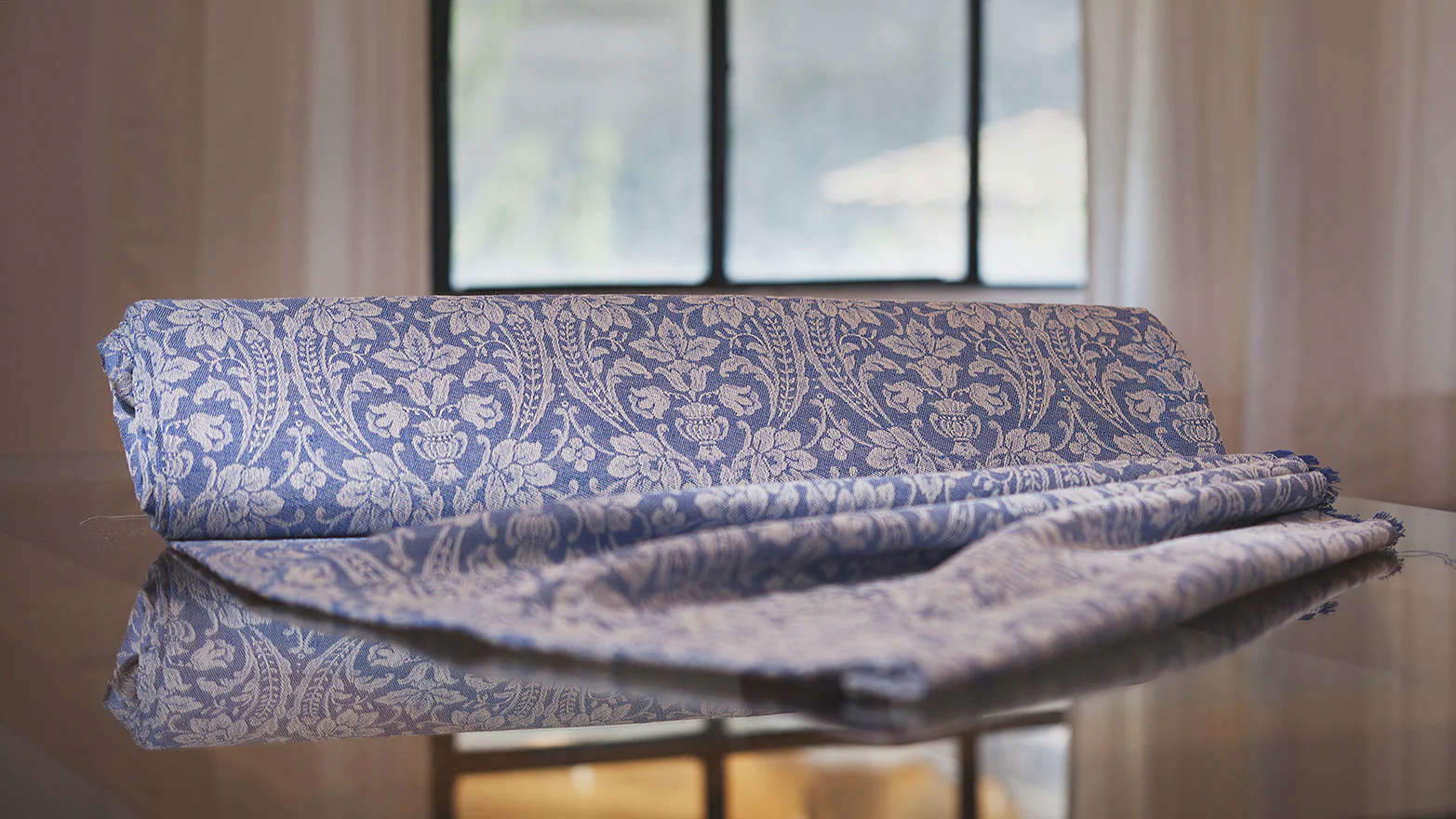
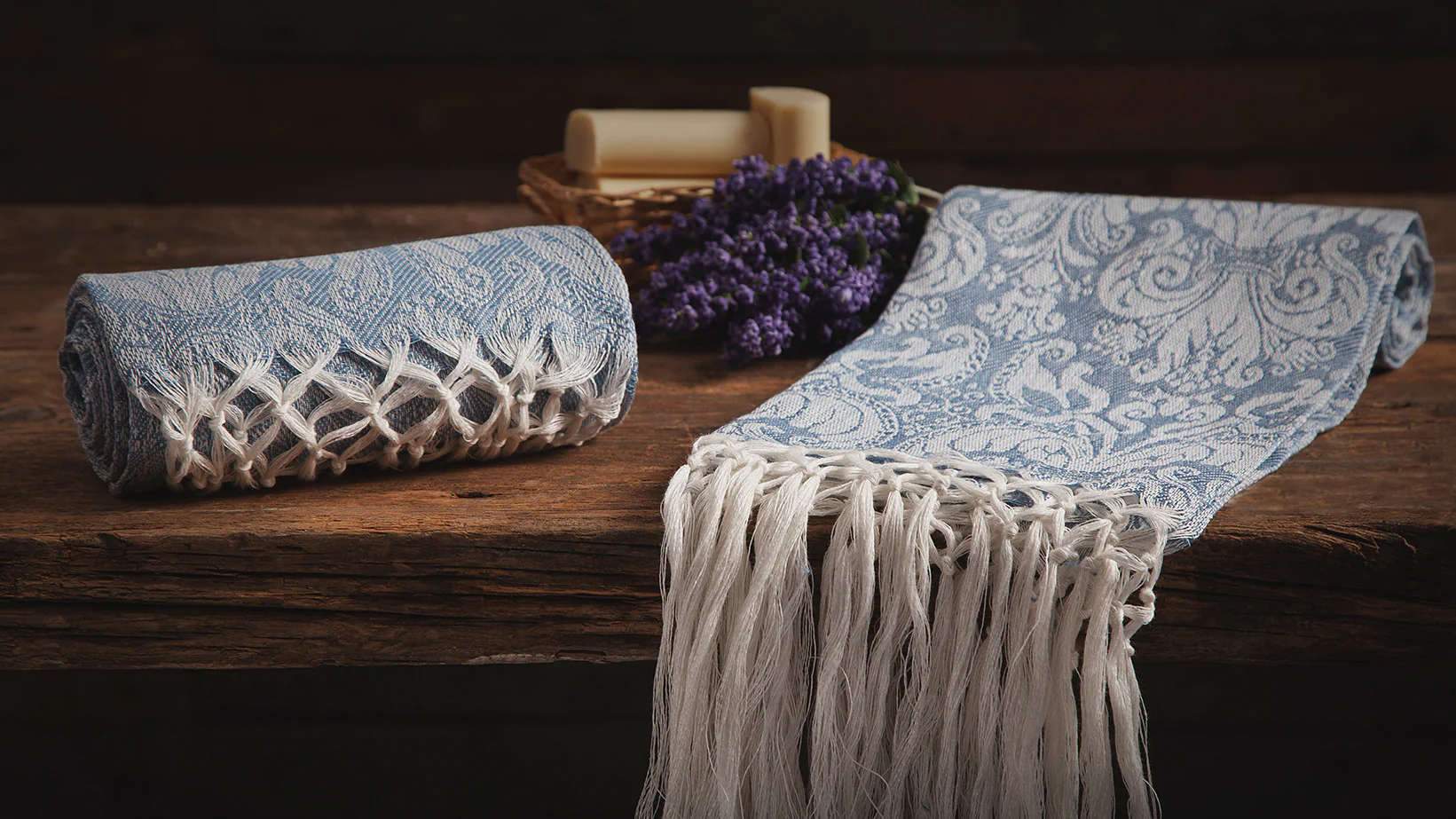
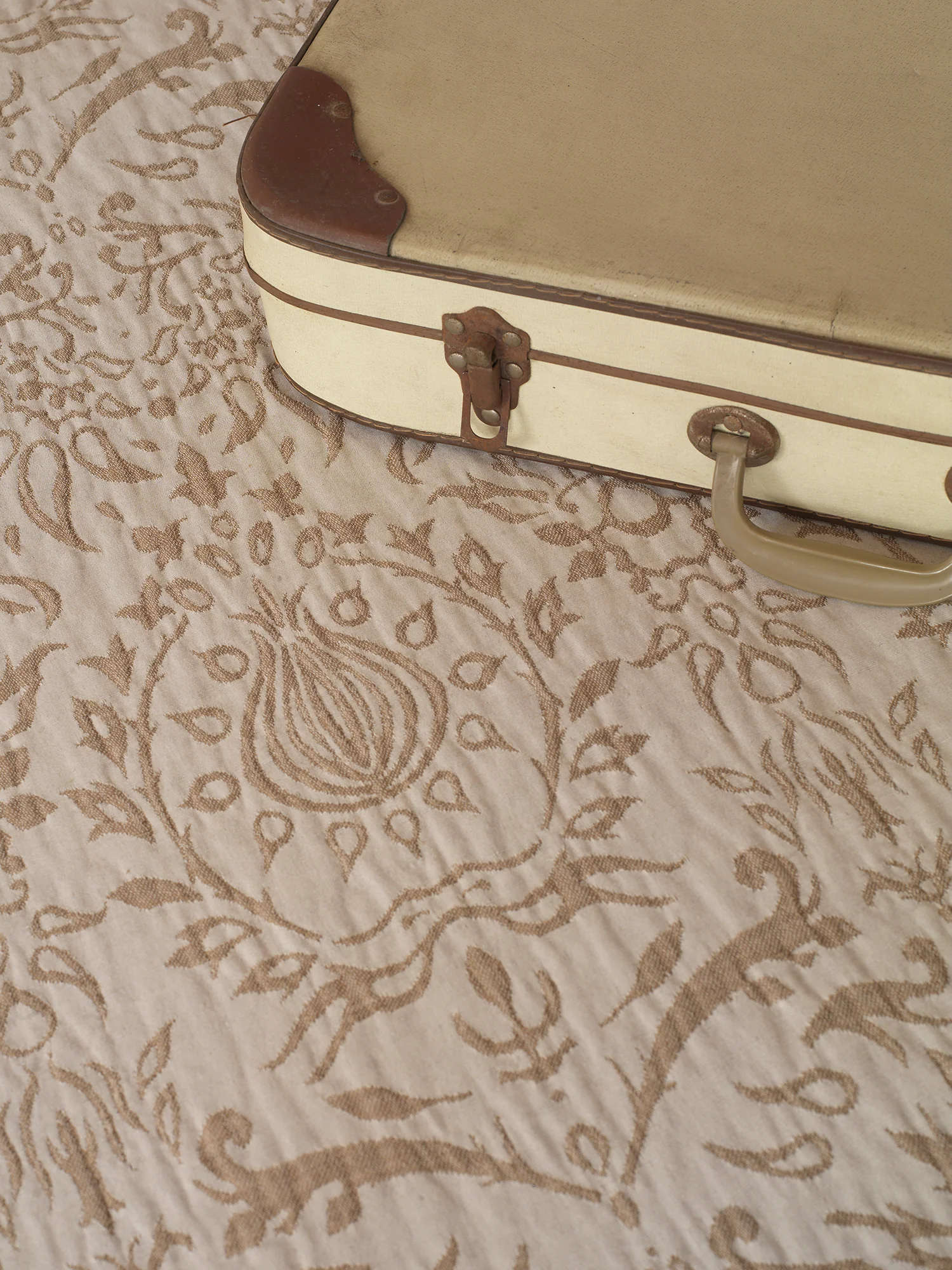
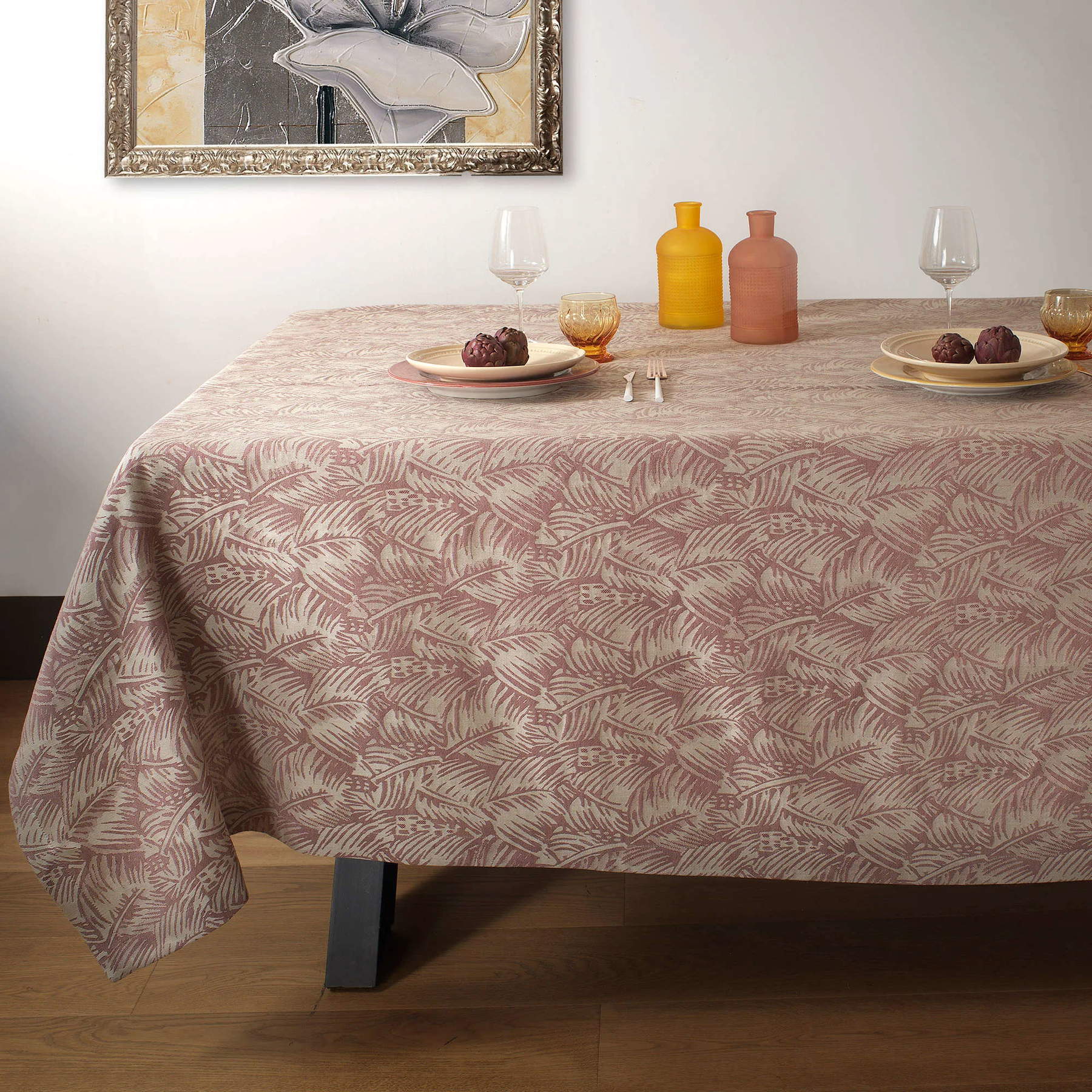
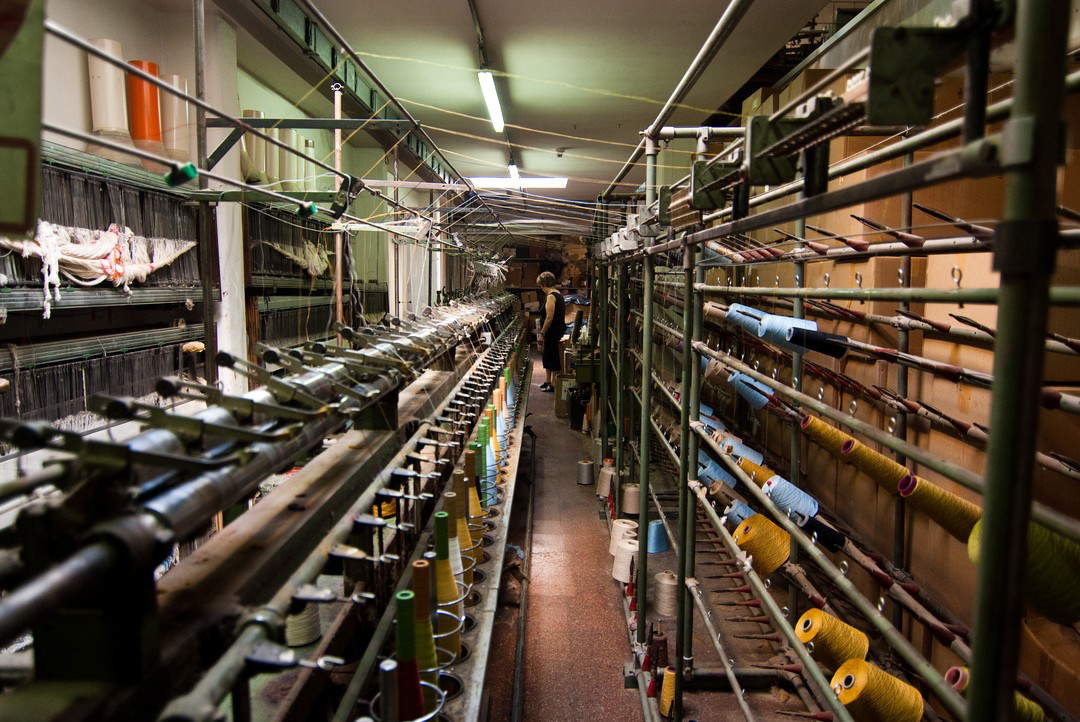
Over the years, the management of the company has been passed down from generation to generation, maintaining a commitment to quality craftsmanship and the production of fine fabrics. This family continuity has helped to preserve tradition and pass on knowledge and techniques through the decades. Today, Busatti weaving mill continues to thrive as an excellence in the Italian textile industry. Its store in Anghiari welcomes visitors from all over the world, offering them the chance to buy high-quality textiles and immerse themselves in the traditional craftsmanship that has made the company famous.
But how has a family-run business endured for so long? What, in short, is the secret behind this “succession of success”? It is true that the productive fabric of our country is largely made up of small businesses, but it is estimated (according to data from the Italian Association of Family Businesses) that only 25 percent of family businesses (accounting for 85 percent of total Italian businesses) manage to survive to the second generation of entrepreneurs, and 13 percent make it to the third. Busatti thus represents a not-so-frequent case. “The secret of the company,” the honorary chairman, Giovanni Sassolini-Busatti, who represents the eighth generation, told the Financial Times , “is that we discuss a lot. In the Italian way: long discussions. But we never argue.” His son Livio, now CEO of the company, echoes him: “The best advice my father ever gave me is to get along with the rest of the family because we are not alone, we are part of something bigger.” “I’ve always wondered why Busatti has lasted so long,” is instead the observation of Stefano Sassolini-Busatti, Giovanni’s son and now head of production and design at Busatti. “The answer is that family comes first, then work.”
 |
| The Busatti weaving mill in Anghiari, between art and craftsmanship for nearly 200 years |
Warning: the translation into English of the original Italian article was created using automatic tools. We undertake to review all articles, but we do not guarantee the total absence of inaccuracies in the translation due to the program. You can find the original by clicking on the ITA button. If you find any mistake,please contact us.





























